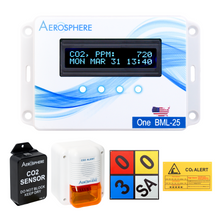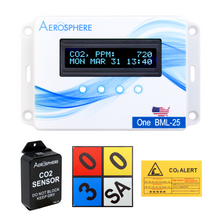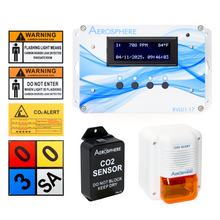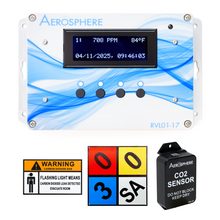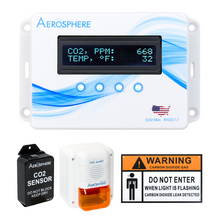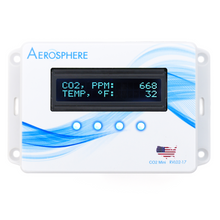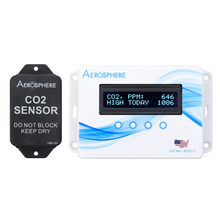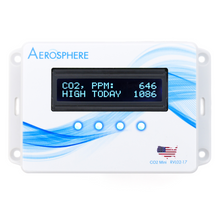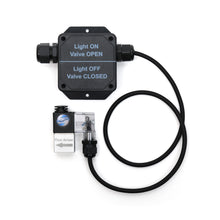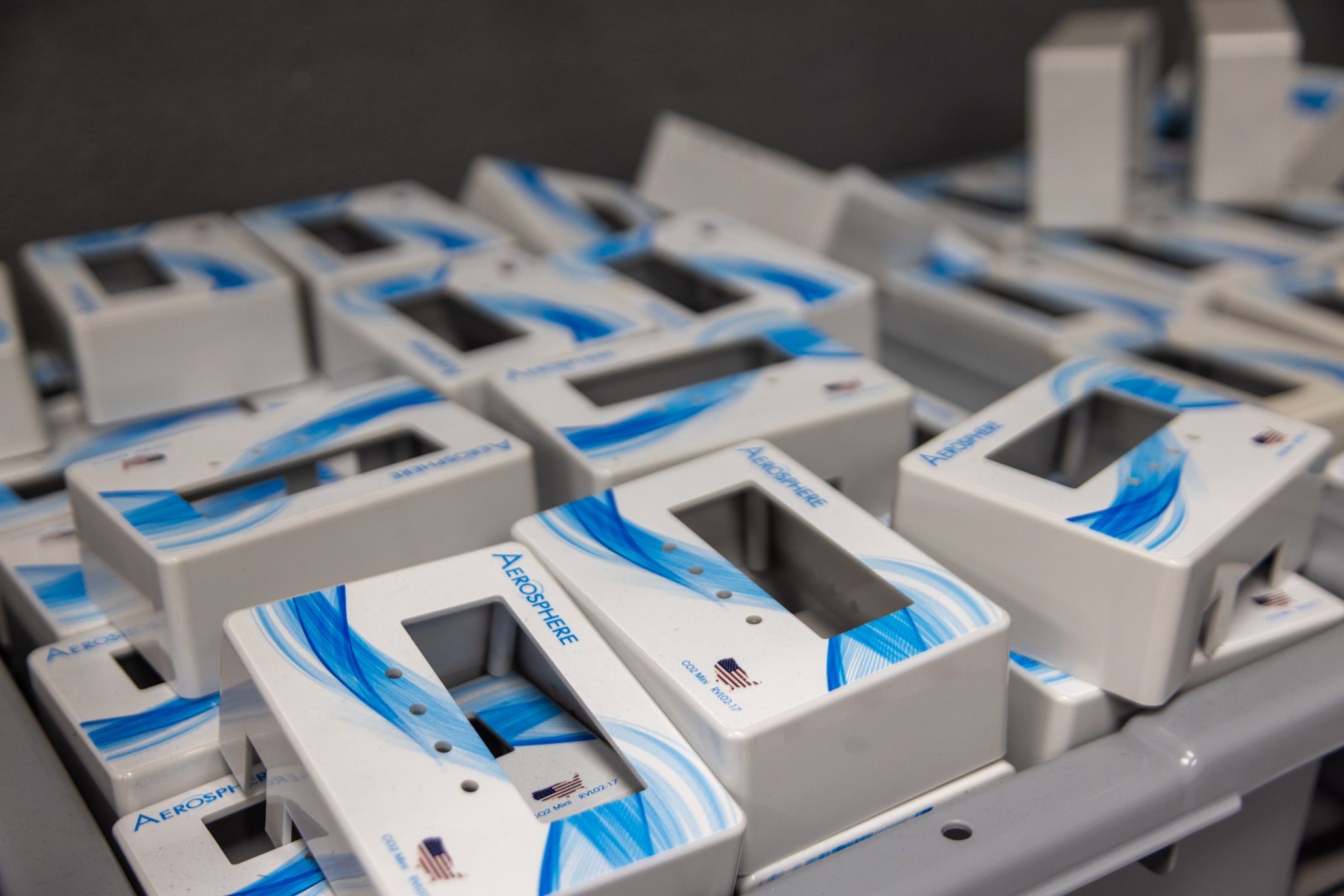The Best Air-Purifying Plants Safe for Children, Cats, and Dogs
Discover the best air-purifying plants safe for children, cats, and dogs. Enhance your home’s air quality while keeping your loved ones safe and healthy.

Safe, Air-Cleaning Plants for Homes with Children, Cats, and Dogs
Indoor plants play a crucial role in enhancing air quality, reducing carbon dioxide levels, and promoting one's well-being. It's a proven way to convert established carbon dioxide into clean, breathable air (Learn more about how plants purify air quality in our recent article).
However, for households with infants and pets, choosing the right type of plants require careful consideration. Many common cultivated plants found in homes contain toxic compounds that, if ingested, could cause dangerous side-effects such as nausea, vomiting, diarrhea, seizures, or respiratory distress.
Ensuring a safe environment involves choosing non-toxic plants that not only improves a home's air quality, but also support the cognitive and sensory development for children. According to the National Library of Medicine (NIH), the presentation of real foliage plants are often associated with positive mood effects, such as feelings of comfort and naturalness. Additional research shows that surrounding an indoor environment with greenery demonstrates reduced stress, increased productivity, and enhanced mental health. It can significantly improve blood pressure and academic efforts.
With these numerous benefits in mind, it's essential to select plants that will not only contribute to a healthier environment, but be safe for your loved ones. The following section will explore how to choose the right non-toxic plants for your home, creating both a safe and healthier environment.

Choosing the Right Plants
This list is based on cross references between these sources: ASPCA, Ted Lare, Virtual Lab School and The Nest Schools.
Hypoallergenic and Air-Purifying Plants Safe for Children and Pets
-
Areca Palm (Dypsis lutescens)
- Benefits: Known for its air-purifying properties, it helps remove toxins, such as formaldehyde and xylene. It's also great for increasing humidity levels.
- Hypoallergenic: Safe for people with allergies as it does not produce airborne allergens like pollen or mold.
- Pet Safe: Non-toxic to both dogs and cats. (ASPCA-approved)
-
Spider Plant (Chlorophytum comosum)
- Benefits: An excellent air purifier, removing formaldehyde, carbon monoxide, and xylene.
- Hypoallergenic: Known to not trigger allergies due to its minimal pollen and spore production.
- Pet Safe: Non-toxic to pets, though some pets may be attracted to the plant’s long leaves and may chew on them.
-
Boston Fern (Nephrolepis exaltata)
- Benefits: Effective in removing formaldehyde and other volatile organic compounds (VOCs) from the air.
- Hypoallergenic: Its fronds are less likely to cause allergy symptoms compared to other plants.
- Pet Safe: Non-toxic to both cats and dogs.
-
Calathea (Various species)
- Benefits: Known for its attractive foliage, Calathea plants are also effective at purifying the air by removing toxins.
- Hypoallergenic: Less likely to trigger allergies because it does not release excessive pollen.
- Pet Safe: Safe for pets, including dogs and cats.
-
Parlor Palm (Chamaedorea elegans)
- Benefits: This plant excels at removing toxins like benzene and formaldehyde from the air.
- Hypoallergenic: Ideal for people with allergies as it does not produce high levels of airborne allergens.
- Pet Safe: Non-toxic to pets.
-
Prayer Plant (Maranta leuconeura)
- Benefits: Known for its beautiful, patterned leaves and air-purifying qualities, particularly in reducing formaldehyde.
- Hypoallergenic: The plant’s non-spreading pollen makes it unlikely to trigger allergies.
- Pet Safe: Non-toxic to both pets and children.
-
Bamboo Palm (Chamaedorea seifrizii)
- Benefits: Great for removing indoor air toxins like formaldehyde and benzene.
- Hypoallergenic: Safe for allergy sufferers as it does not produce large amounts of pollen.
- Pet Safe: Safe for both pets and children.
-
African Violet (Saintpaulia)
- Benefits: Excellent for indoor air quality, as it absorbs dust and helps increase moisture levels in the air.
- Hypoallergenic: Known for being a low-pollen plant, making it a good option for allergy sufferers.
- Pet Safe: Non-toxic to pets.
-
Moth Orchid (Phalaenopsis)
- Benefits: Air-purifying qualities, especially in removing volatile organic compounds. Known for its beautiful, long-lasting flowers.
- Hypoallergenic: Non-pollinating and generally considered safe for people with allergies.
- Pet Safe: Safe for pets, including dogs and cats.
-
Cast Iron Plant (Aspidistra elatior)
- Benefits: Excellent at removing airborne toxins and is virtually indestructible, making it a great low-maintenance option.
- Hypoallergenic: Very little pollen, making it ideal for allergy sufferers.
- Pet Safe: Non-toxic to pets.

Safe Plant Placement & Child-Proofing & Pet-Proofing Strategies
What if you already have plants that could be toxic to your child, cat, or dog?
To keep plants safe for babies and pets, place them on high shelves or use hanging planters to keep them out of reach. You can also use glass enclosures, mesh covers, or decorative barriers to protect the plants. Lidded planters or covers add extra safety. For pets, try pet-safe sprays or natural scents like citrus to discourage them, making sure these are safe for babies. Choosing non-toxic plants and training pets to avoid them will help create a safe environment.
Emergency Response: What to Do If A Child or Pet Ingests a Toxic Plant

According to the Children's Hospital of Philadelphia, poisonous plants are categorized into three sections based on chemicals: Solanine, Grayanotoxins, and Cardiac Glycosides.
- Solanine: Solanine is found in food and ornamental plants. Unripe tomatoes and the green "eyes" of potatoes contain solanine, which can lead to symptoms like nausea, vomiting, headaches, and diarrhea if consumed.
- Grayanotoxins: The major effects are immediate. Eating or chewing on leaves of this plant group — including azaleas and rhododendrons — can cause burning, numbness and tingling of the mouth. Two to three hours later, other signs of poisoning may occur, including nausea, vomiting, sweating, confusion, and slowing of the heart rate. There have been reports of seizures with severe overdoses.
- Cardiac Glycosides: Can cause changes in the rate or rhythm of the heart. Many heart medications currently on the market are derived from these plants. The initial signs of poisoning are headache, confusion, dizziness, vomiting or stomach pain. Later, effects on heart rate and blood pressure occur.
If your child consumes any amount of these plant groups, please contact your physician or the Poison Control Center at 1-800-222-1222 immediately.

Based on research done by the Cornell Department of Animal Science, the common symptoms of a pet that ingested poisonous plants include, but not limited by: vomiting, diarrhea, difficult breathing, abnormal urine (color, smell, frequency, etc.), salivation, weakness, and any other abnormal condition.
If you notice your pet experiencing any of these symptoms, please contact your nearest veterinarian/pet hospital. The ASPCA offers a 24/7 hotline for emergency assistance and guidance.
Conclusion
Indoor plants play a vital role in improving air quality by absorbing harmful toxins, such as formaldehyde, benzene, and xylene, while releasing oxygen and increasing humidity. This not only enhances the overall environment but can help reduce symptoms of allergies, asthma, and other respiratory conditions.
For households with children and pets, it's important to select non-toxic, hypoallergenic plants that offer these air-purifying benefits while keeping everyone safe. Along with choosing the right plants, utilizing plant placement and protective strategies further ensures a secure home. In the event of accidental ingestion, prompt medical attention is essential to protect your loved ones.
By incorporating air-purifying plants thoughtfully, you create a cleaner, healthier, and more harmonious indoor space.


